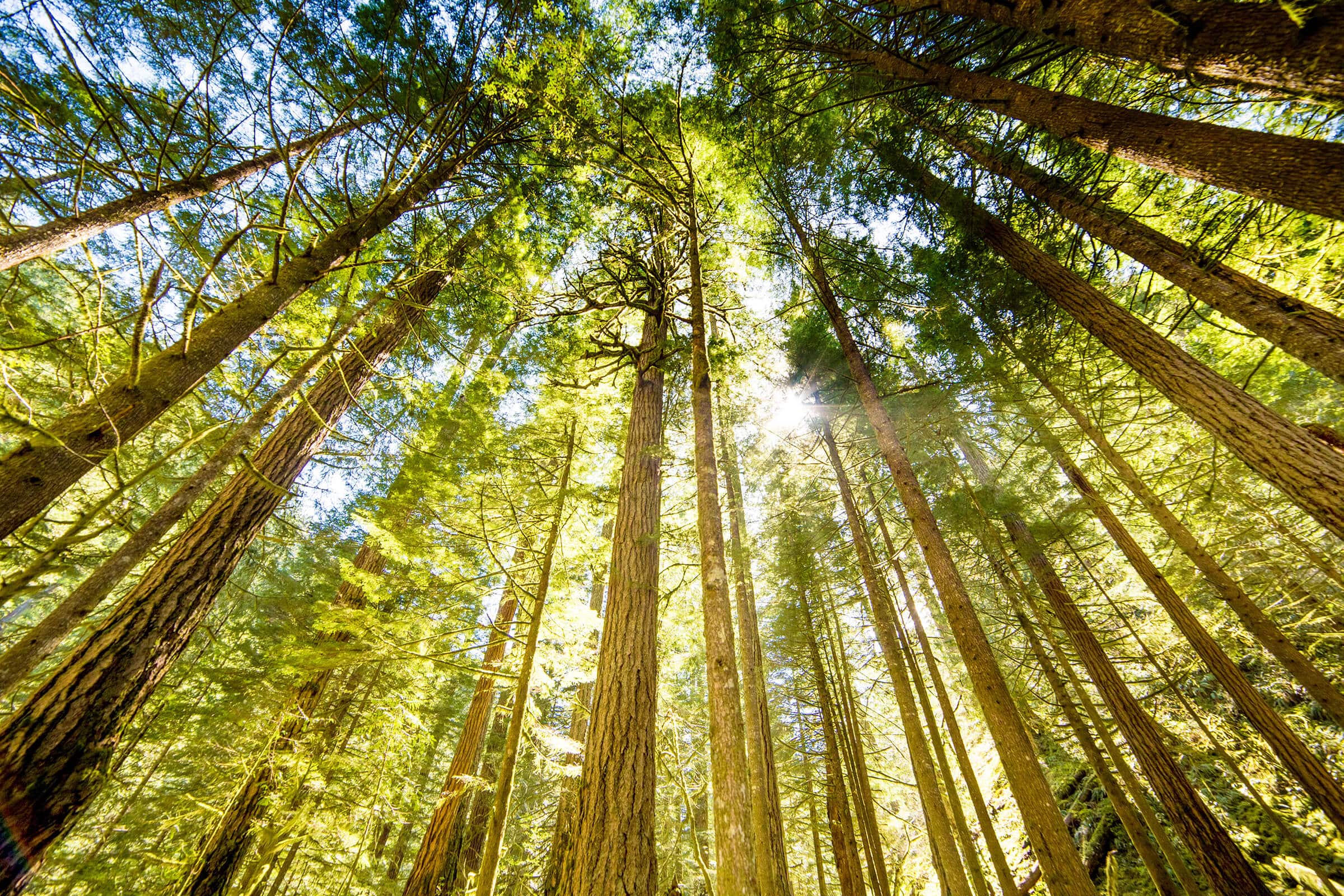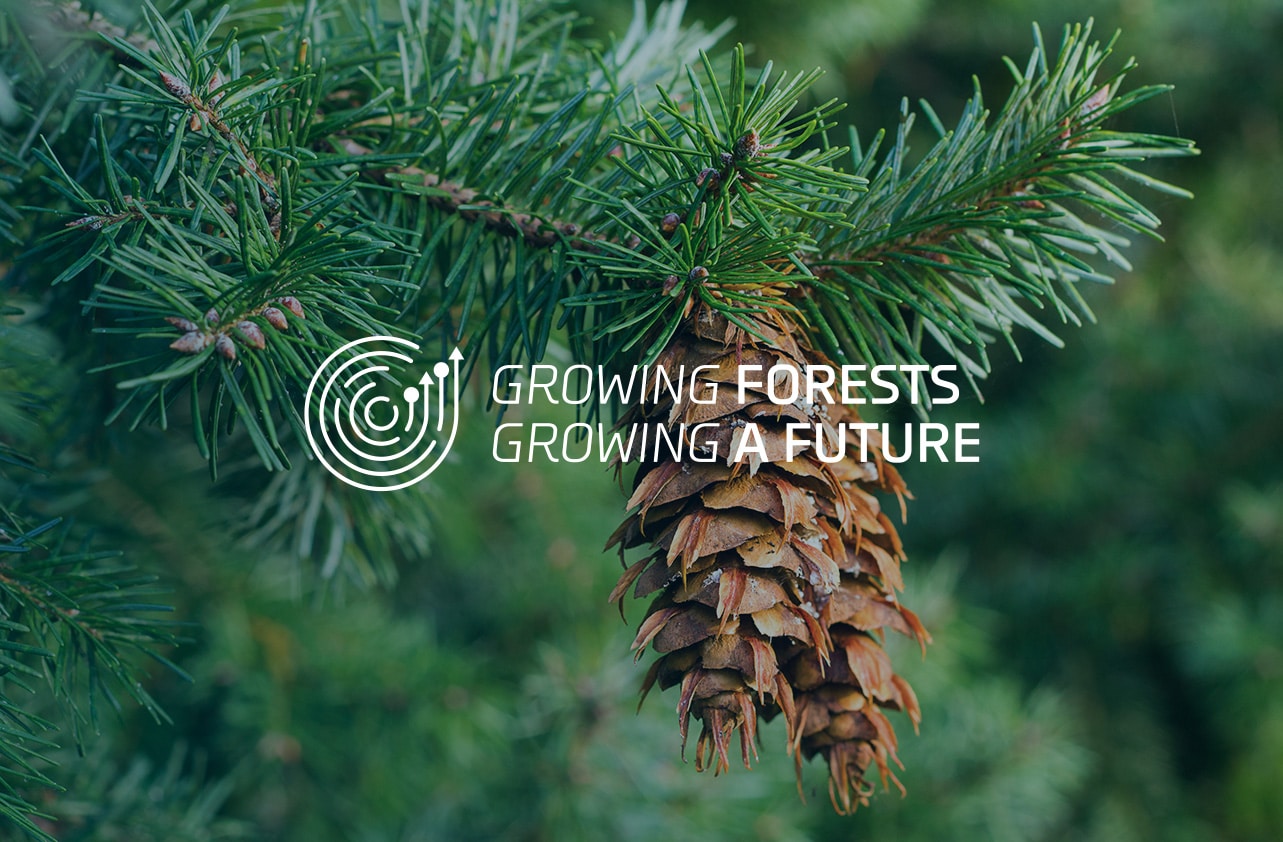Over the next few months, watch out for the Tree Profile Series! For our first in these series, let’s have a look at the Douglas Fir.
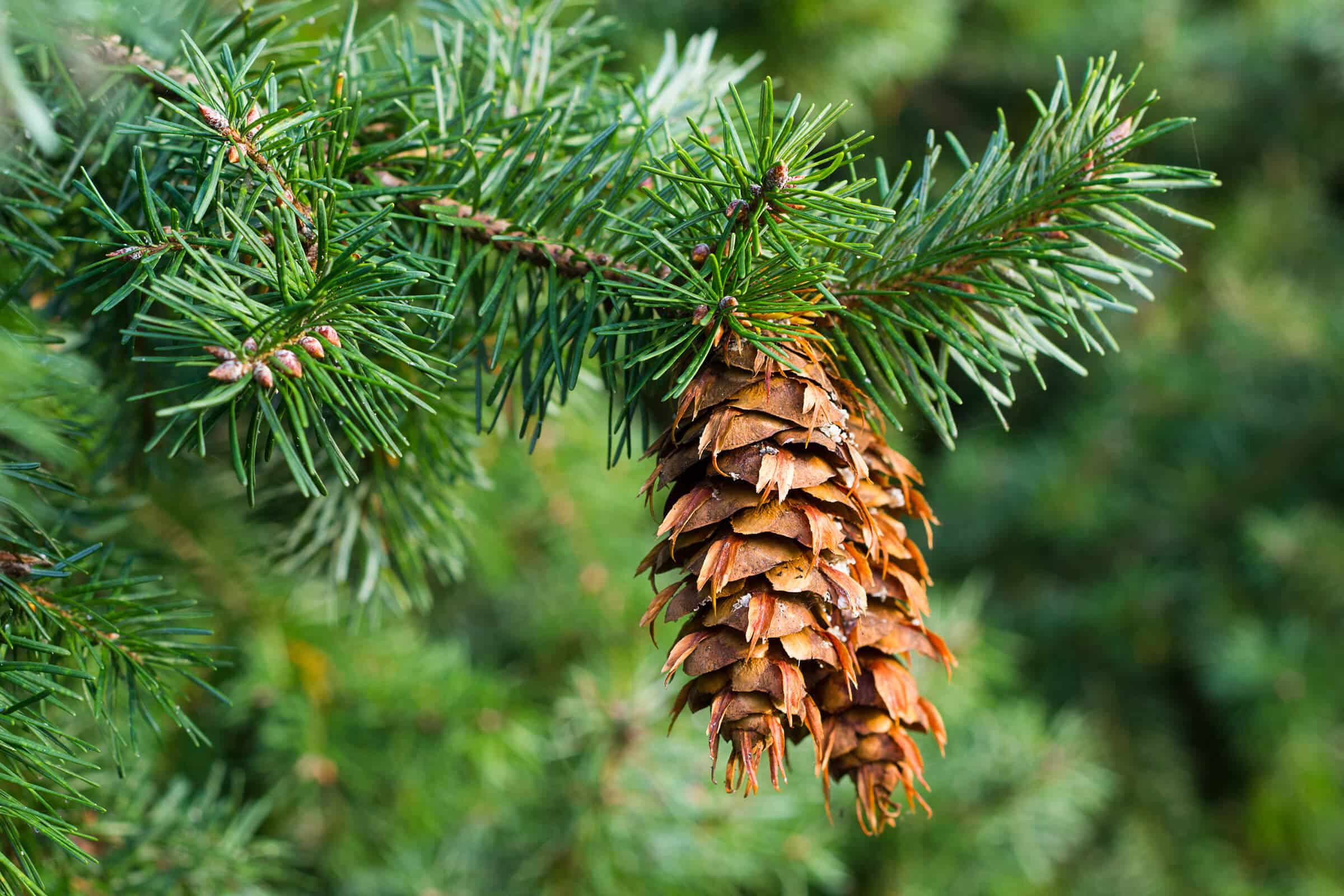
The Douglas fir is a softwood tree native to the continental US. Sometimes referred to as the ‘Douglas fir’, it actually is not a true fir or pine, despite its needle-like leaves.
Latin/horticultural label: Pseudotsuga menziesii
Size: In old growth forests, the Douglas can reach 76 metres in height and 1.5 metres in diameter.
Type: Evergreen softwood
Sun Exposure: Full to partial sun
Soil Type: Well-draining, moist soil
Soil pH: Acidic to neutral
Native to: United States, Canada, Mexico
The Douglas fir is not susceptible to the European spruce bark beetle, the main cause for decimating forests in Germany, France and other parts of Europe. It grows better in mixed forests and has better adaptation to drought conditions.
In dense forest stands, the Douglas firs self-prune their lower branches. If you see ‘fir’ trees standing close to each other and only sporting conical crowns many stories above the ground, chances are that these are Douglas firs. Douglas fir stands normally have one strong central leader with shorter trees surrounding it and the leader normally grows upright and stronger.
The Douglas fir requires an annual precipitation between 610 and 3,400 mm and mainly in the winter months. Douglas-fir shows slow growth in the first few years, and only more rapid growth from the 6th year onwards. On sites unfavourable to spruce, Douglas-fir can perform better and grow faster.
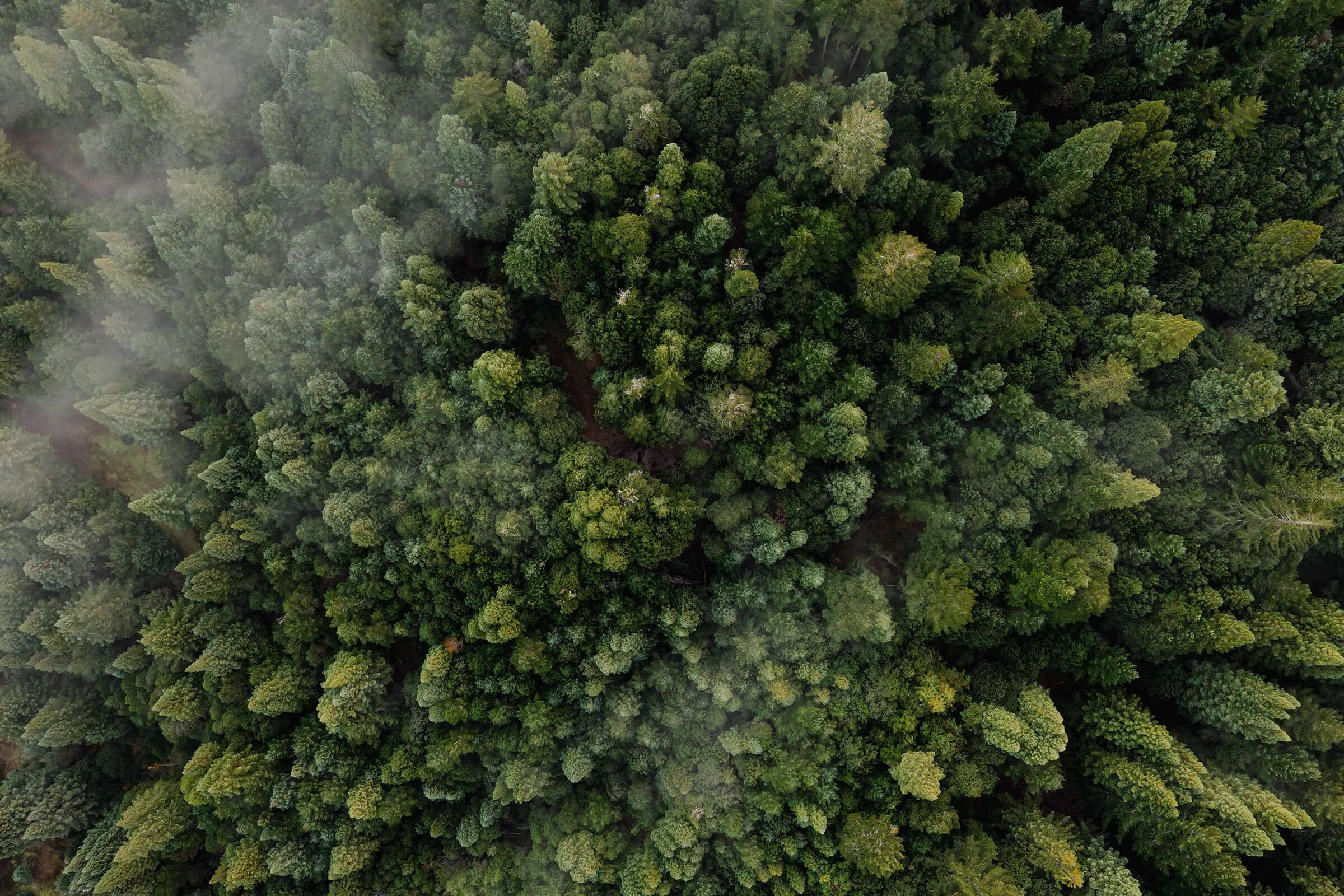
Propogation
The Douglas fir is a conifer; meaning they do not produce flowers but conical shaped seeds pods. When conditions are right, the seeds leave the pod on their ‘wings’ and are carried away by the wind.
Douglas trees in old forests can live up to 500 years old. Typically a 15 year old tree begins to fruitify but they can take up to 80 years to reach full maturity.
Ecosystem role
Douglas fir seed pods are popular with small mammals—squirrels, chipmunks and mice—and birds.
The sap produced by the Douglas are also treats for bears. (Bears have been extinct from Germany but have been known to wander in from neighbouring countries.)
The Douglas fir has dense leaves, making them ideal homes for birds and owls.
Supporting people
Douglas fir trees are a valuable source of timber; used for furniture, construction, fencing and flooring.
The Douglas fir has long been used in its native environment by the indigenous in the continental US for building, basketry and medicine—it’s said to be used to cure stomach aches, headaches, rheumatism and the common cold.
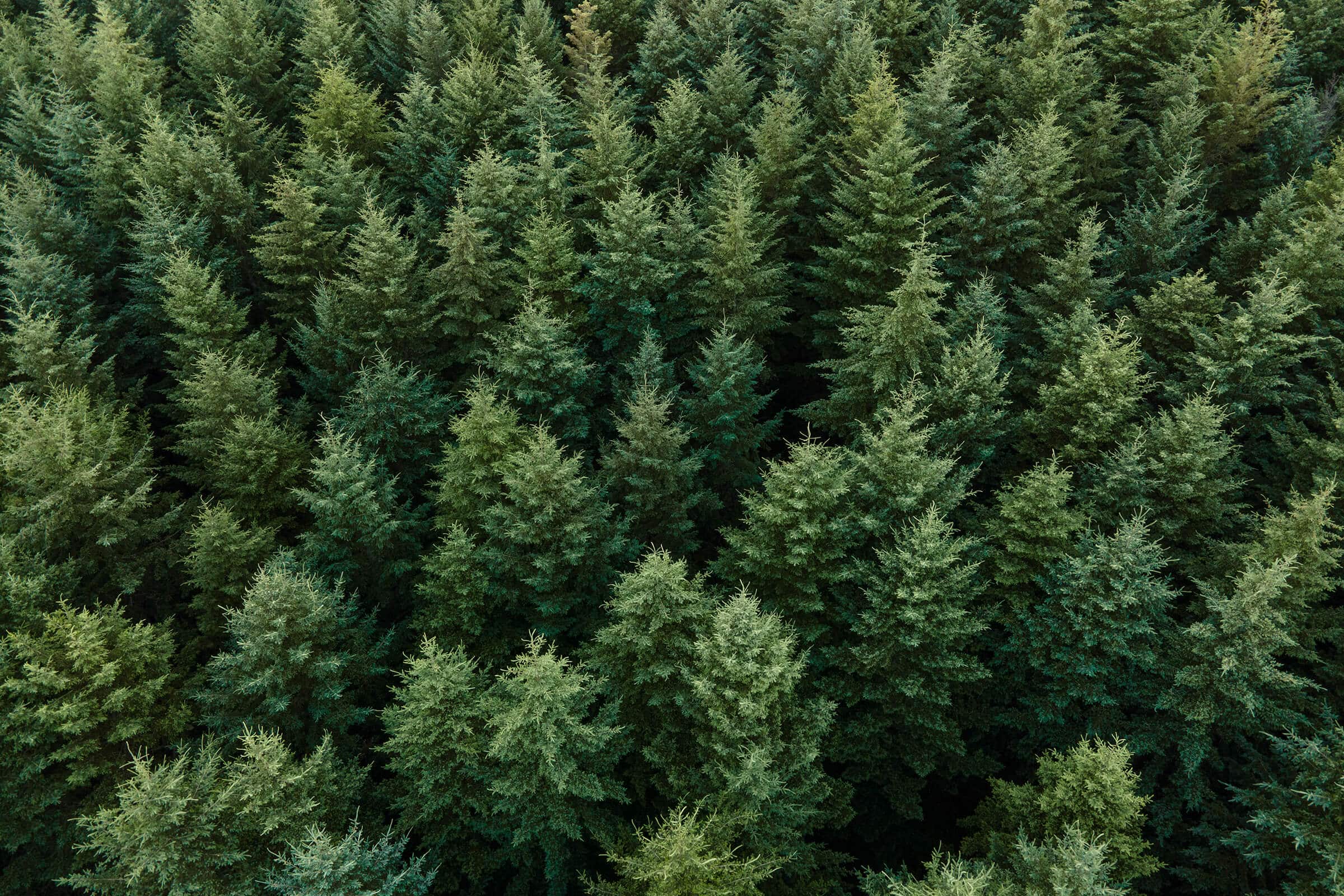
Weaknesses in Germany
While the tree is not susceptible to the European spruce bark beetle, it can succumb to:
- Heart rot fungi
- Laminated root rot (Phellinus weirii)
- Needlecast (Rhabdocline pseudotsugae)
- Red ring rot (Phellinus pini)
- Shoestring root rot (Armillaria mellea)
For more info visit Waldwissen.
